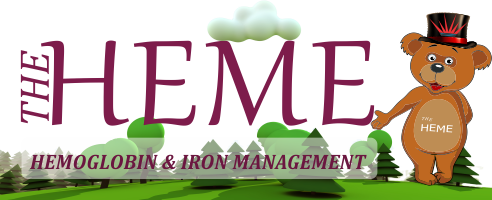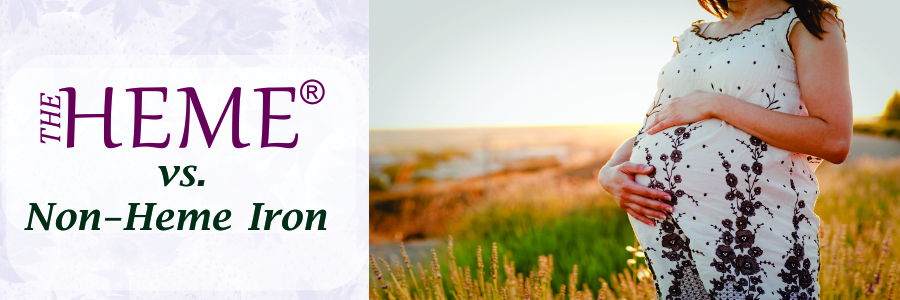TheHEME® has all the salient features and advantages of Heme Iron mentioned in the below table
| Heme Iron | Non-Heme Iron |
|---|---|
| General differences | |
| Heme Iron is derived from hemoglobin and myoglobin from animal sources like red meat, chicken and poultry. | Non-heme irons do not come from an animal source. Non-heme iron, also referred to as inorganic iron. |
| Heme iron is found in foods that contained hemoglobin – animal foods including red meats, fish and poultry. | Non-heme iron is the form of iron found in all other, non-meat based foods. |
| Heme Iron can be found in serving of chicken livers, clams, roasted mutton etc., it contains all the iron you need for a day | Non-heme iron can be found in vegetables, grains, iron-fortified breakfast cereal, lentils and beans. |
| Differences in Absorption | |
| One of the biggest benefits is that heme iron is absorbed better than non-heme iron, and its absorption isn’t affected by anything else you eat. We absorb approximately 15-35% of the heme iron we eat, which is a lot! | Non-heme iron is not absorbed by the body as well as heme iron. Only 2 - 20% of non-heme iron is absorbed. |
| Does not need acidic environment for absorption and can be taken with food. Heme iron absorption is uninfluenced by dietary substances. | Needs acidic environment for absorption. Absorption of non-heme iron also is influenced by various foods and substances within the diet. Meat, fish, poultry, ascorbic acid (vitamin C) and organic acids are all thought to enhance non-heme iron absorption. |
| The overall absorption of heme iron is estimated to be higher than non-heme iron, with reported ranges of 15% to 35%. Two ways by which the Heme iron is absorbed: 1.Heme receptor mediated endocytosis 2.Heme iron specific transporter | The overall absorbtion of non-heme iron is around 3% to 20%. |
| Heme iron exists within a porphyrin complex and is not exposed to substances within the gastric lumen, which may hinder absorption of the heme Iron. These factors contribute to overall improved absorption of heme iron compared with non-heme iron. | Tea, coffee, phytates (storage form of phosphate and minerals) and calcium hinder the absorption of non-heme iron and may contribute to the overall lower bioavailability of non-heme iron compared with heme iron |
| Other Advantages | |
| Elemental Iron: 100% | Elemental Iron composition as follows: Ferrous Gluconate: 11.6% Ferrous Ascorbate: 13.7% Ferrous Sulfate: 20% Ferrous Fumarate: 33% |
| Extremely less GI irritation and can be taken with food. | GI irritation very common and mostly recommended to taken in empty stomach or with Vitamin C. |
| Very less instances of heartburn, flatulence and constipation | Constipation, flatulence and heartburn are very common |
| Does not compete with absorption of other nutrients. | Competes with absorption of other nutrients. |
| Low Dose of 12 mg | Minimum of 50 mg - 550 mg dose required |

